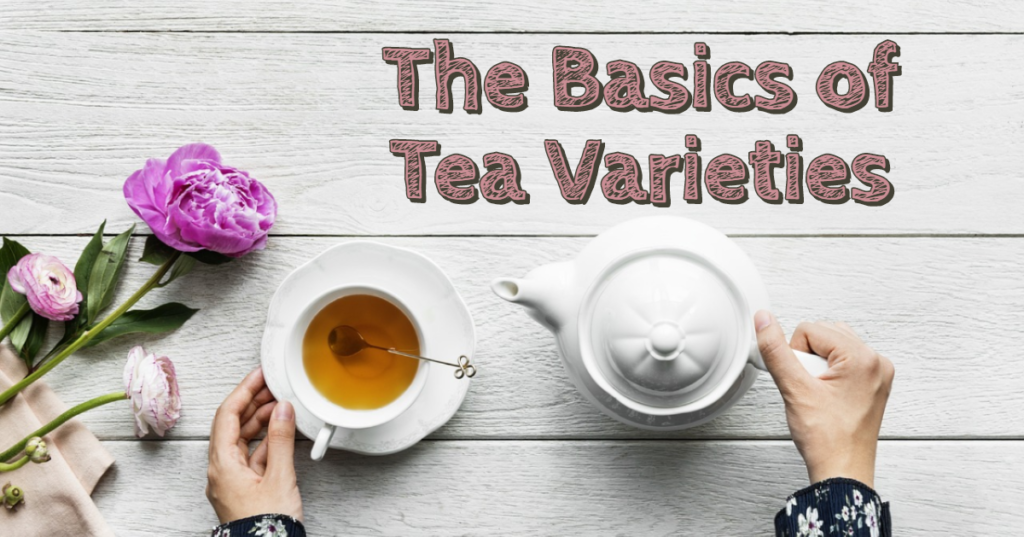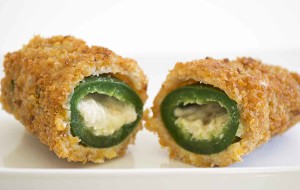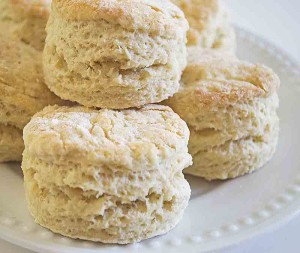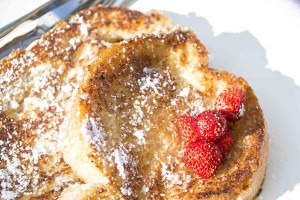
Drinking tea is one of the most calming and enjoyable activities a person can do, at least in my opinion. There are hundreds of tea varieties, and flavours, and many ways to prepare and serve teas. Today we are going to get down to the basics, we are going to discuss the seven most common types of teas and tisanes.
True Tea Varieties
- Teas are made from the Camellia sinensis plant. Different varieties of this plant are used to produce different types of tea. The variety depends on the type of tea and where in the world it is being grown. Oxidation plays a big roll in the production of tea and there are different levels of oxidation for each type of tea, however we’re going to skip the subject in this article since we’re not pros on the subject.
- Black tea contains the most amount of caffeine out of all tea varieties. It usually has a strong flavor, for this reason, people in places like England and India enjoy black tea with milk.
- White tea is made from the young leaves and buds of the Camellia sinensis, while most other teas are made from more mature leaves. This tea has the lowest amount of caffeine of all teas as the caffeine becomes stronger as the plant matures. White tea is complex and requires a certain attention to detail, however, no tea compares to the gentle and gracious flavours white tea has to offer.
- Green tea is the inbetweener of teas. It has a lower amount of caffeine than black tea and more than white tea. Green tea is also made from the leaves and buds of the Camellia sinensis plant, though they are cultivated when they are more mature than those of the white tea.
- Matcha, also a green tea, and a very common Japanese tea, is made by grinding the leaves of the Camellia sinensis plant, which have been grown in a slightly different way than the leaves for regular green tea have been. Matcha, has a strong earthy flavour and is packed with antioxidants and has a bit more caffeine in it than plain green tea. Add this to your morning smoothies for a little extra pep in your step.
- Other, less common, varieties of tea are Oolong and Pu-ehr. Both these teas are generally more expensive as they are made from less common varieties of the Camellia sinensis plant and the cultivation process takes longer and requires more attention.
Tisanes and Herbal Tea Varieties
- Tisanes are all beverages made from infusing plants in water. Teas are made with the Camellia sinensis plant, and are also considered tisanes, however if the beverage doesn’t contain the Camellia sinensis plant it is considered a tisane and not a tea. (confusing? I hope not). Tisanes includes herbal, rooibos, and fruit teas. Yes, though they are not technically teas, I still refer to them as teas, to the chagrin of tea enthusiasts. Another important not, none of the teas listed below contain caffeine, or at least not in the amount teas from the Camellia sinensis plant have.
- Herbal teas are made from leaves, stems, sticks, bark, roots, flowers, buds and more, of hundreds of types of plants. Both fruit teas and rooibos teas are also herbal teas, though they are popular enough to have categories of their own.
- Rooibos is made from the Fabaceae family of plants, also known as redbush tea and red tea. This plant is native to South Africa. Hands down!, my favorite tea. The flavour of rooibos is so full, well rounded, and oh so smooth.
- Fruit, you guessed it, this tea is made from dried fruit. It is often a blend of several fruits and can have leaves, stems and herbs added for extra flavour.






